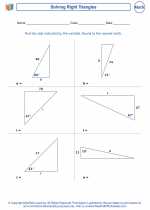Humidity Study Guide
Humidity is a measure of the amount of water vapor present in the air. It is an important concept in meteorology and can have significant effects on weather patterns, human comfort, and the environment.
Types of Humidity
There are several different ways to express humidity:
- Absolute humidity: The mass of water vapor present in a given volume of air, usually expressed in grams per cubic meter.
- Relative humidity: The ratio of the amount of water vapor present in the air to the maximum amount of water vapor that the air can hold at a specific temperature, expressed as a percentage.
- Specific humidity: The ratio of the mass of water vapor to the total mass of moist air parcel, usually expressed in grams per kilogram.
Measuring Humidity
Humidity can be measured using instruments called hygrometers. There are several different types of hygrometers, including psychrometers, hair tension hygrometers, and electronic hygrometers.
Effects of Humidity
Humidity can affect human comfort and health, as well as the growth of plants, the behavior of materials, and the formation of weather patterns. High humidity can make people feel hotter than the actual temperature, while low humidity can lead to dry skin and respiratory problems.
Study Tips
To better understand humidity, consider the following study tips:
- Learn the different ways humidity is measured and the units used for each type.
- Understand the relationship between temperature and relative humidity.
- Research how humidity affects weather patterns and the environment.
- Practice using hygrometers to measure humidity in different conditions.
◂Math Worksheets and Study Guides Seventh Grade. The Pythagorean Theorem
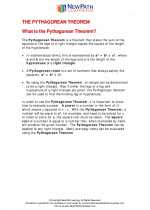
 Study Guide
Study Guide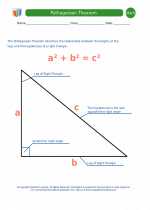
 Worksheet/Answer key
Worksheet/Answer key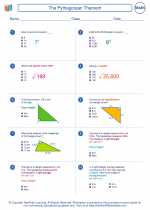
 Worksheet/Answer key
Worksheet/Answer key
 Worksheet/Answer key
Worksheet/Answer key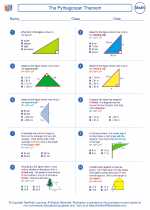
 Worksheet/Answer key
Worksheet/Answer key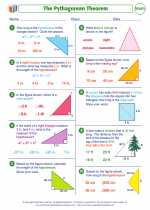
 Worksheet/Answer key
Worksheet/Answer key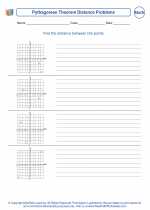
 Worksheet/Answer key
Worksheet/Answer key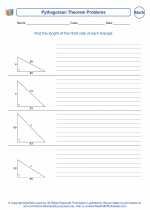
 Worksheet/Answer key
Worksheet/Answer key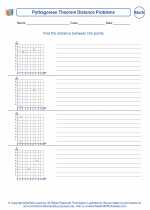
 Worksheet/Answer key
Worksheet/Answer key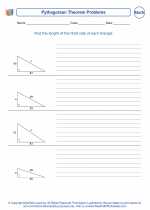
 Worksheet/Answer key
Worksheet/Answer key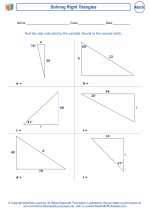
 Worksheet/Answer key
Worksheet/Answer key